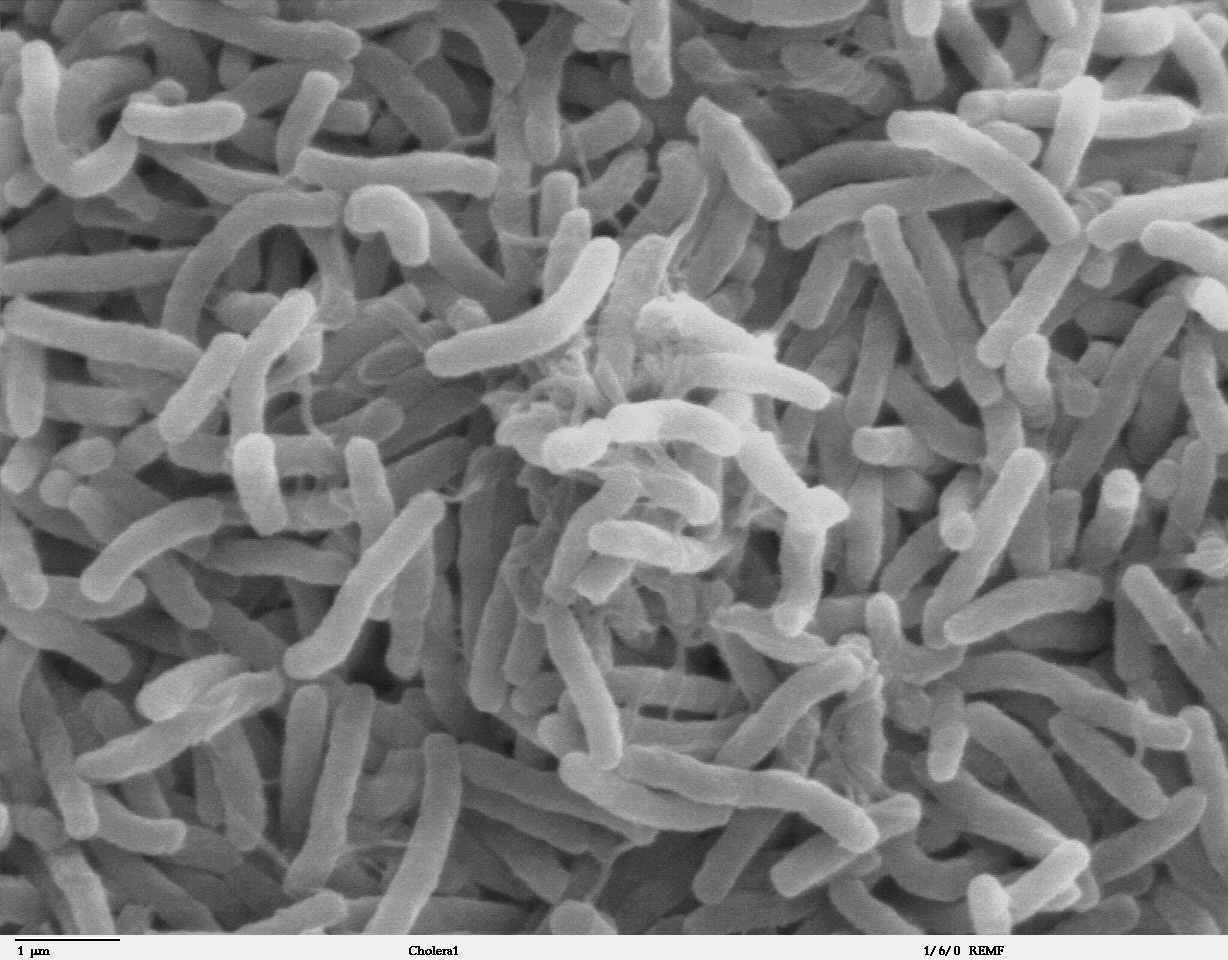
Tumor defenses may soon face an emerging weapon in our cancer-fighting arsenal: pulses of suicidal bacterial assassins. These bacteria not only locate tumors, but they grow until they explode (lyse), all at once, releasing a lethal chemical that zaps tumor cells. The “synchronized lysis circuit” then repeats. By harnessing the power of bacteria that live in areas low in oxygen, this therapy kills cells deep inside tumors, whereas chemotherapy kills cells on the outer areas of tumors. Combining the two treatments extended the lives of mice with incurable metastatic, colorectal cancer by about 50%. However, decreases in tumor growth only lasted eighteen days, and further research is needed to investigate the safety of these injections.
The science behind the system: The bacteria are genetically engineered to release a substance that guides them to the tumor. They are also genetically engineered to synthesize a cell-killing toxin. So, the bacteria grow inside the tumor, making more and more toxin. They work together thanks to an innate system of bacterial communication called quorum sensing, in which signaling molecules are created, released, and received by nearby bacteria. When the molecules reach a threshold level, the molecular signal causes a suicidal response, the bacteria self-destruct, and the toxin spills out, reaching tumor cells. Engineering the bacteria to kill themselves controls the population and increases the therapy’s safety. There are some survivors to re-start the cycle. Though the system still needs work, it does illustrate the potential in using bacteria to help fight cancer.
